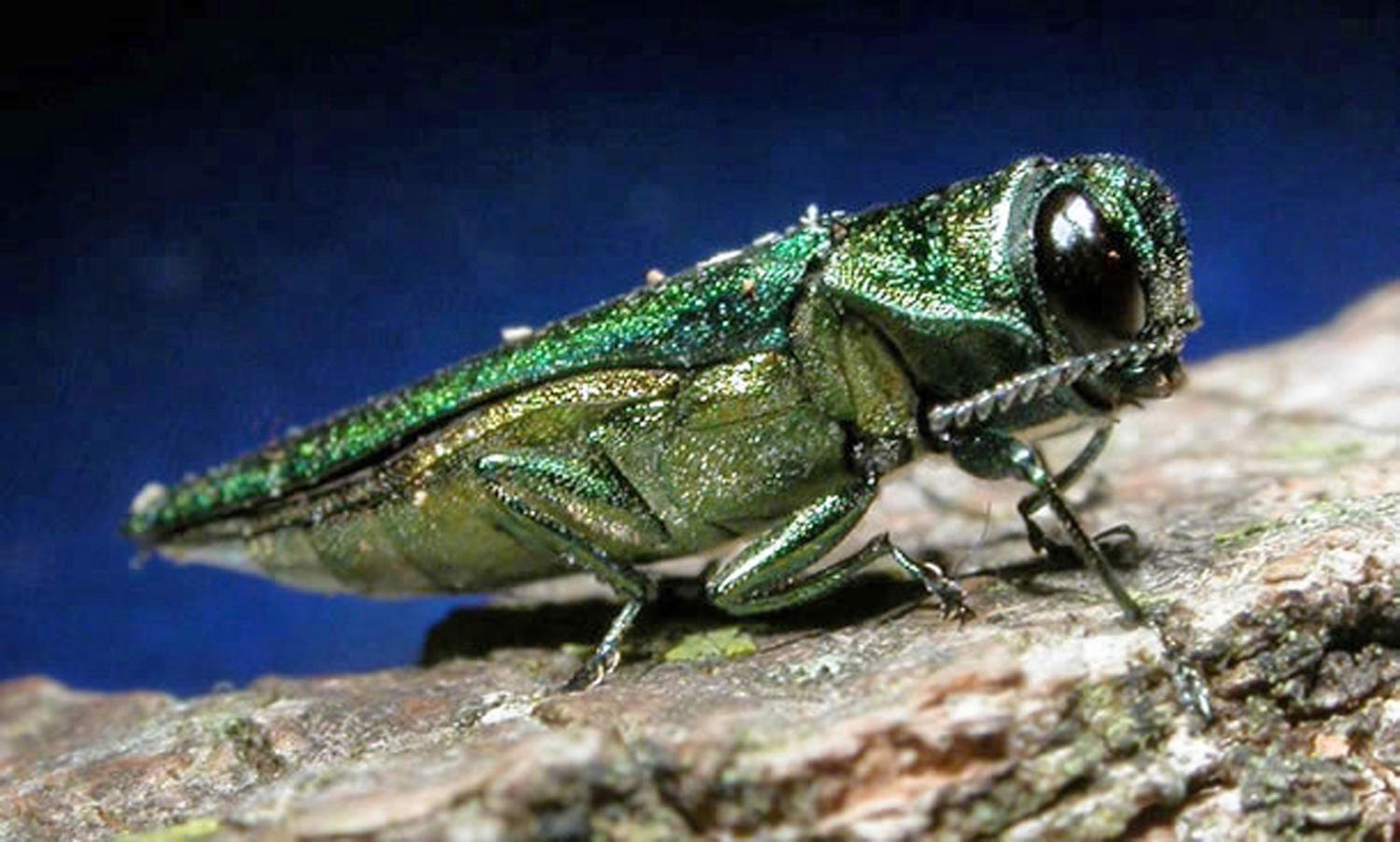Even in winter, it’s time to think about ash tree health

It’s cold and the ground is frozen. This makes winter a good time to think about protecting your ash trees from emerald ash borer.
We know the emerald ash borer (EAB) is here. It’s presence was confirmed in an Omaha park and in Greenwood, Neb., in 2016. The EAB, a small, metallic-green beetle, creates tunnels under the bark of the ash tree, killing it rapidly.
OPPD has surveyed its 13-county, 5,000-square-mile service territory to determine the number of ash trees and how many could pose a threat to OPPD’s infrastructure. There are thousands of ash trees in the Omaha metro area near power lines.
what to do
Mike Norris, OPPD utility forester and member of the Nebraska EAB Task Force, said the utility is closely monitoring areas where ash trees could impact power lines. When those are on public property, OPPD will be working with the city and county officials to determine the best course of action.
Norris said the winter season is an ideal time for homeowners to remove any ash trees because companies are less busy in colder months. Homeowners should also start thinking about and lining up companies to treat their ash trees this spring.
For homeowners with ash trees, Norris strongly advises they work with tree professionals to determine how to best deal with their trees. Homeowners are responsible for trees on their property. OPPD is responsible for maintaining clearance around power lines.
treating trees
Once EAB attacks and kills trees, the limbs become brittle and can easily break and fall into lines, Norris said. The dead trees are also dangerous to climb and trim and more expensive to remove than are living trees, Norris said.
There are measures that can help protect them. Trunk injections applied early in the growing season can help protect healthy trees. Apply the insecticide for 2 to 3 years.
Another option is soil drenching. That method, while less expensive, has some drawbacks, including possible harm to some desired insects like bees, plus it is less effective. Perform soil drenching every year within a specific spring time frame, otherwise it won’t be effective.
Ash trees make up about 27 percent of the trees in Nebraska cities and towns. But they account for only about nine percent of the state’s total tree population.

Jason Kuiper joined OPPD as a communications specialist in 2015. He is a former staff writer and reporter at the Omaha World-Herald, where he covered a wide range of topics but spent the majority of his career covering crime. He is a graduate of the University of Nebraska at Omaha and has also appeared in several true crime documentary shows. In his free time he enjoys cooking, spending time with his wife and three children, and reading crime novels.
View all posts by Jason Kuiper >







